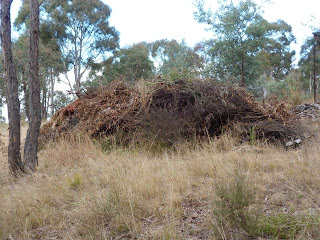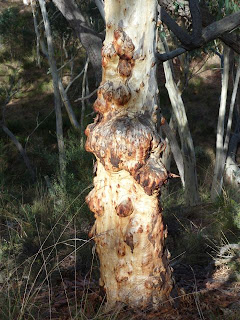Raven, rodents and ratbags

This is going to be a very mixed post, as indicated by the Title. Let us begin with the Raven topic. In the area we live there are two possible species of Raven, the Australian Raven ( Corvus coronoides ) and the Little Raven ( C. mellori ). Both are firm believers in 'basic-black' as the colour for feathers, and the size is not really much help for distinguishing them. In most situations the key identification variable is the call: Australian Raven has a rather deep, long drawn-out call, which I could render as Caaawwwwwwww; Little Raven has a somewhat higher and much more rapid and clipped call - Kakk, Kakk, Kakk. The number of birds in a flock is also often helpful. If there are more than 3 or 4, I expect it to be Little Raven, but would generally expect this judgement to be confirmed by call. It used to be the case that Little Ravens were rarely seen in Canberra urban area, but there have been a few recent sightings - possibly birds moving across t...

